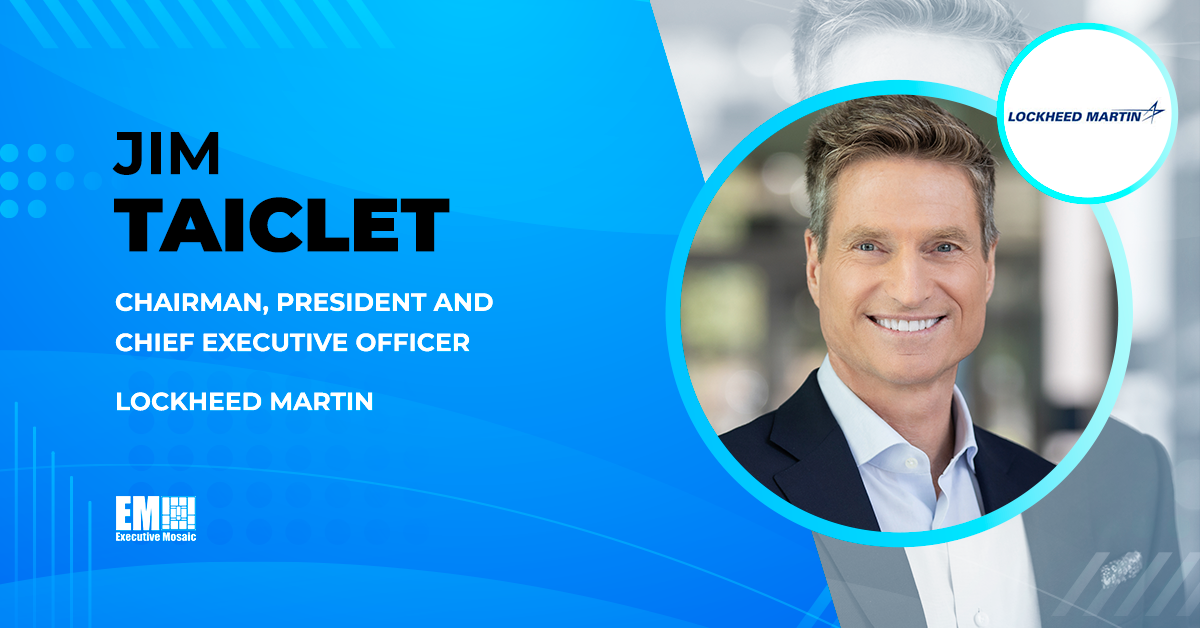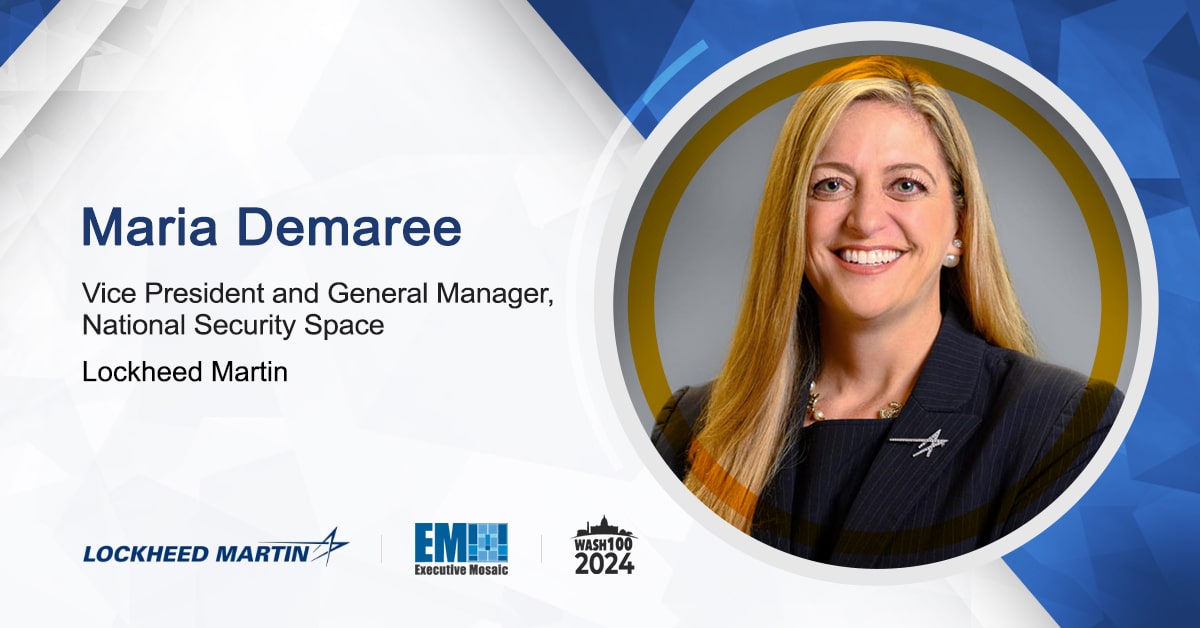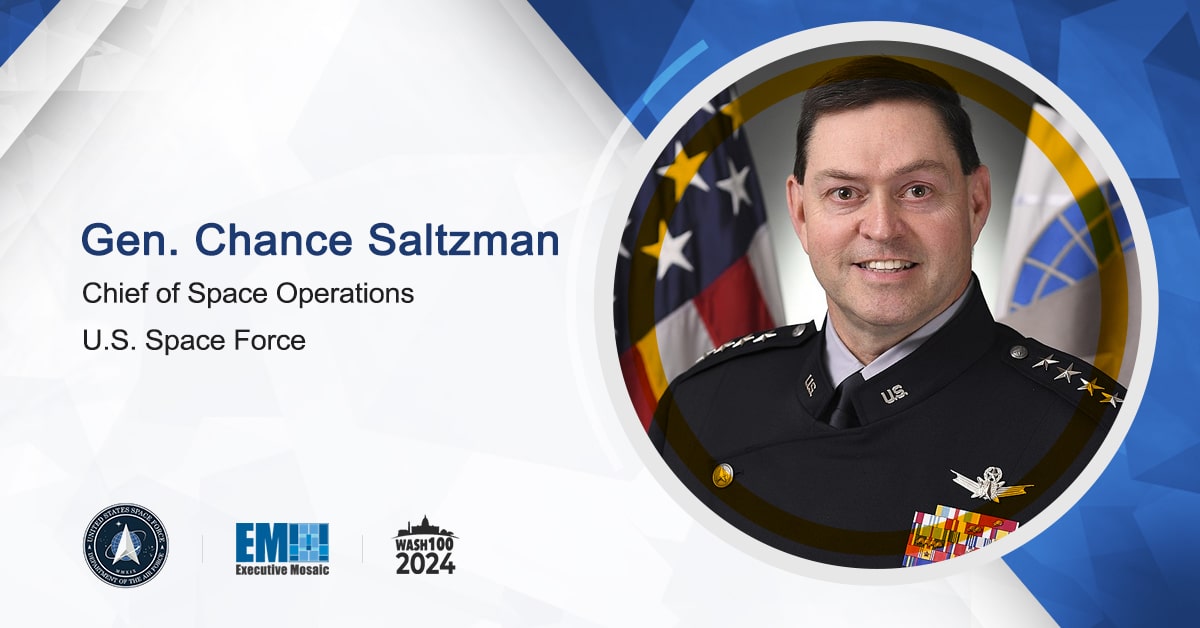The United States’ space-focused enterprises in the public sector are emerging from big shifts and reorganization more united and cohesive than ever before.
For the Department of the Air Force, which encompasses both the Air Force and the Space Force, this new era of unity kicked off with the arrival of Frank Calvelli, assistant secretary of the Air Force for space acquisitions and integration.
Panelists at GovCon Wire’s 2023 Space Acquisition Forum discussed what Calvelli’s appointment means for procurement reform across the DAF, how the enterprise is moving forward after major changes and what’s on the horizon for space innovation in an age defined by intensifying competition.
Read highlights from Frank Calvelli’s keynote address here.
Gordon Kordyak, deputy director of the DAF’s Space Programs Directorate, said his organization is finally getting its legs under it and accelerating ahead in a decisive direction.
“We’ve seen a lot of reorganization, a lot of adjustments over the last couple years,” said Kordyak, noting the standing up of the Space Force, the reorganization of the Space and Missile Systems Center and the reorganization of the Office of the Assistant Secretary of the Air Force for Space Acquisition and Integration, or SAF/SQ — all within the last three years.
“As that change has happened, I think everyone’s starting to realize that there are certain places where we do business well, and there are places where we need to improve and how we need to be better stewards of communicating our needs to industry and how we can work to align with our stakeholders better,” Kordyak explained.
As for what’s working for the DAF today, one of the most measurable improvements has been having a space-focused Service Acquisition Executive in place.
“Honorable Calvelli’s arrival has been one that has had a positive impact on many fronts. First, not having to compete across the air and space domains for the time of the acquisition executive, but rather having someone focused on space allows opportunity for communication, allows opportunity for decision making, for guidance, and really an ability to have focus,” said Kordyak.
For example, Kordyak shared, Calvelli’s nine space acquisition tenets streamlined the focus of the space community, provided clear direction and improved efficiency for space procurement efforts.
Additionally, the new bureaucratic structure and leadership has given space organizations a better way to keep track of their programs, according to Dr. Kelly Hammett, director and program executive officer for the Space Rapid Capabilities Office.
“[Calvelli has] actually instituted quarterly space acquisition portfolio reviews with some metrics. Getting leading indicators that matter to tell you whether your program is on track or going off course is really key to making the acquisition successful and keeping it on track,” Dr. Hammett said.
Ultimately, with the new leadership in place, a clearly defined strategy and tools with which space agencies can better manage their programs, the space organizations in the U.S. government are taking a major step forward. But one area that still needs to be addressed going forward is funding.
“We need budgets passed on time,” urged Dr. Hammett.
“That’s an area where we work with our industry teammates all the time. If we’re going to go four months without a budget, how are we going to keep momentum going in the program?” he posed to the virtual audience.
Join the conversation and hear from Air Force leaders on topics like these in person! Don’t miss GovCon Wire’s 3rd Annual Air Force IT Modernization and Transformation Forum on March 21. Register here.








